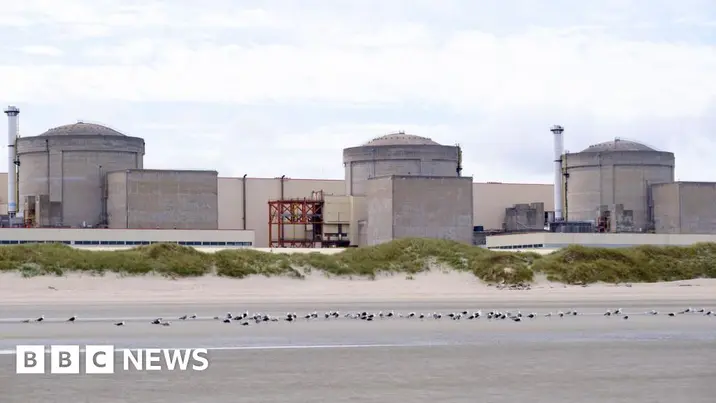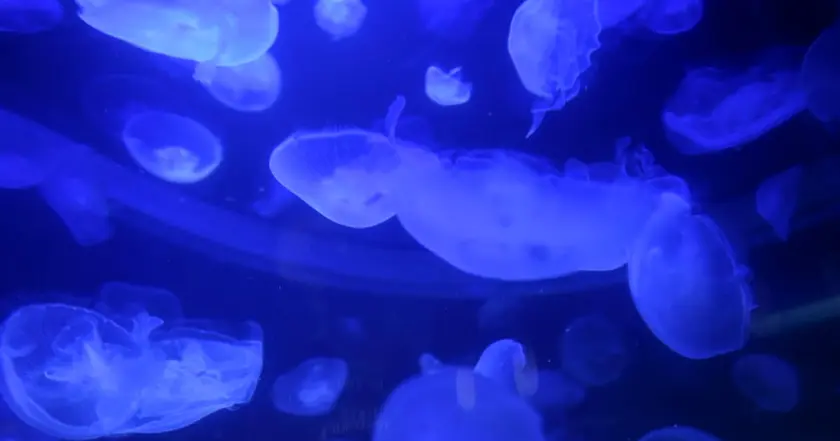T4K3.news
Jellyfish disrupts Gravelines plant
Jellyfish clogged cooling filters at Gravelines, causing four reactors to shut down. EDF reports no safety or environmental impact.

A swarm of jellyfish clogged the cooling filters at Gravelines, triggering the automatic shutdown of four reactor units.
Jellyfish force French nuclear plant shutdown
A swarm of jellyfish clogged the cooling system at Gravelines, prompting four reactor units to automatically shut down. EDF said there was no impact on safety, personnel, or the environment. The site’s two other units were already down for maintenance, leaving Gravelines temporarily offline.
The jellyfish entered the non-nuclear part of the facility and slipped past the first filters, then became trapped in the secondary drum system, reducing water intake and triggering the shutdown as a precaution. Gravelines is cooled by a canal linked to the North Sea, and it is among France’s largest power plants. Each unit can produce 900 MW, and the six-unit site is a cornerstone of the country’s nuclear output. Nuclear energy accounts for roughly 70% of France’s electricity, according to the World Nuclear Association.
Nuclear engineer Ronan Tanguy explained that the marine animals managed to slip through systems designed to keep them out because of their gelatinous bodies, which enabled them to evade the first stage of filtration before being caught in the second. The incident prompted plant teams to mobilise, carry out diagnostics, and plan interventions to restart production units safely.
Key Takeaways
"They were able to evade the first set of filters then get caught in the secondary drum system."
Ronan Tanguy explains how jellyfish blocked cooling.
"The plant teams are mobilised and are currently carrying out the necessary diagnostics and interventions to be able to restart the production units safely."
EDF statement on restart plans.
"The marine animals managed to slip through systems designed to keep them out because of their gelatinous bodies."
Ronan Tanguy on jellyfish behavior.
This incident shows how a natural event can disrupt critical infrastructure. Cooling systems rely on multiple barriers, but a bloom of marine life can slip through when filters are tested by unusual conditions. The episode highlights the importance of redundancy, monitoring, and rapid restart protocols to minimize downtime at large plants.
With France depending heavily on nuclear power, outages at Gravelines test the resilience of the grid and fuel policy. The case may push operators to rethink water-intake design, screening efficiency, and contingency planning for seasonal marine life while balancing environmental considerations and costs.
Highlights
- Tiny swimmers can shake up big power plants
- Nature tests the limits of cooling systems
- A single swarm can pause a grid
- Filtration is not a fail safe shield for all life
Nuclear cooling system vulnerability to marine life
The Gravelines incident shows a potential weakness in cooling-water intakes where sea life can bypass initial filters, triggering automatic shutdowns. It raises questions about screening, redundancy, and restart protocols at Gravelines and other plants.
Restart will test Gravelines’ resilience and the industry’s readiness to shield grids from wildlife disruptions.
Enjoyed this? Let your friends know!
Related News

Jellyfish disrupts cooling at a French nuclear plant

Thames Water contingency plans approved

Markets rise as Ukraine talks loom

Ford doubles down on US EV push

Ukraine targets Moscow and Rostov rail systems

Ukrainian drones disrupt Russian military operations

Expert Tips on Garden Pest Management

Research calls for urgent action to protect fungal networks
